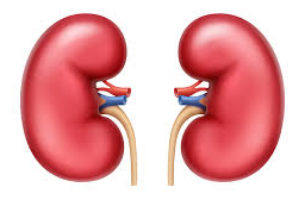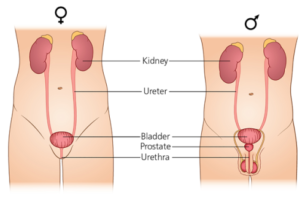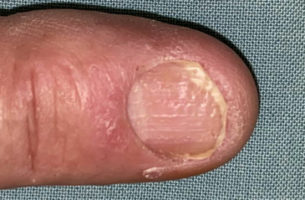Dr Stein and Dr Silman This is a historical article on two Jewish doctors. Both were GPs that worked in the England, before (and after) the formation of the NHS in 1948. Dr Maurice Stein He was born in Dublin. Both his parents were from Lithuania, and emigrated to Dublin in 1900. His father was […]
Read MoreWhat is the 18 week rule for NHS? The NHS’s 18-week rule is a commitment to provide patients with non-urgent, planned hospital treatments – including operations, procedures or medication – within 18 weeks of referral by their GP. The NHS/government target is that 92% of referrals should hit this target. See end of article for […]
Read MoreWhat are the 10 commonest CKD symptoms? The commonest symptom of CKD is no symptoms. There are often none (or few) until Stage 4 CKD which is advanced disease. Most of the 10 symptoms below can be caused by chronic kidney disease (CKD). But. Several are non-specific, and can be caused by other kidney diseases. […]
Read MoreHow to apply to a UK medical school If you are applying to medical school there is a range of things to consider. This incudes attending a university open day, submitting your application and attending an interview. We hope this article will help guide you through the application process. Subjects you need to study medicine […]
Read MoreWhat controls the bladder? The bladder is controlled by a complex interplay of muscles, nerves and organs. Muscles Detrusor muscle: Contracts to empty the bladder during urination. Internal urethral sphincter: Automatically closes to prevent urine leakage. External urethral sphincter: Voluntarily controls urine flow. Pelvic floor muscles: Support the bladder and maintain continence. Nerves The bladder […]
Read More10 bladder facts In this article we will describe 10 facts about the bladder. Let’s start with the basics. 1. Basics – the bladder is a hollow, triangular-shaped muscular organ located in the lower abdomen (the pelvis). Its function is to act as a reservoir for urine (expanding as it fills up), before it is removed from the body through urination (weeing). It […]
Read More10 urinary incontinence facts Key Points Prevalence: Urinary incontinence (UI) affects millions of people worldwide, with varying degrees of severity. Types: Stress, urgency, mixed, and functional incontinence are recognised categories. Risk factors: Age, gender, obesity, and comorbidities. Diagnostic approaches: Clinical assessment, urodynamic tests, and imaging. Management strategies: Behavioural therapies, medication, and surgical interventions are available. […]
Read More10 common eye diseases (with photos) Your eyes are some of your body’s most important assets. In a single glance they can recognise faces and places, alert us to potential danger, and so on. Hence maintaining the health of your eyes is critical. Here are the top 10 most common eye diseases. 1. Acute conjunctivitis […]
Read More10 common nail diseases (with photos) Below are the 10 most common nail diseases. 1. Brittle nails Brittle nails are common. Here are some causes. Ageing: Brittle nails are a common result of aging. Chronic medical conditions: Iron or zinc deficiency, thyroid disease, anaemia, or anorexia nervosa/bulimia Nail habits: Overuse of nail polish, manicures, nail […]
Read MoreHow to make diagnoses from nail abnormalities All of the conditions below can be diagnosed through the nails, with a bit of experience. Nail abnormalities include variations in the shape, colour, thickness, and texture of the fingernails, toenails, or both. Some changes are normal and harmless; whilst others may be a sign of injury, infection, […]
Read More









